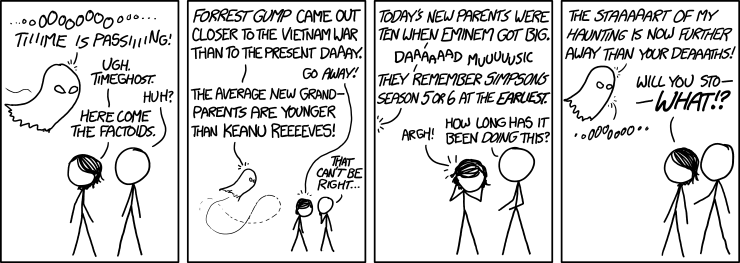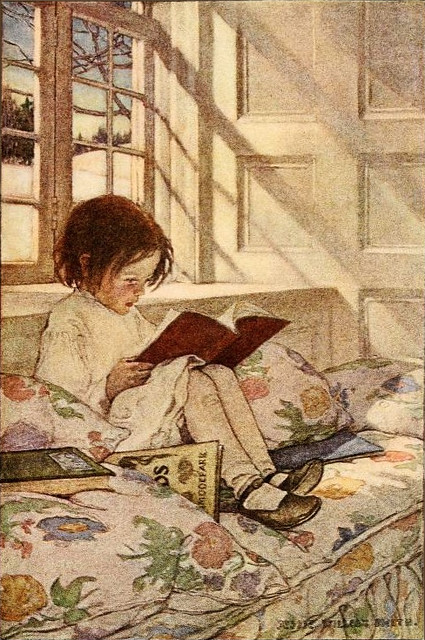With apologies to Kate Bush
On Sunday 6th July, I had the pleasure of boating along the Avon with many members of the Golden Egg Academy. It was a lovely day, sprinkled with vintage frocks and floral china. There were ducklings and VERY low bridges to be negotiated too. Unsurprisingly there was lots of chat – but also talks from Barry-The-Hat-Cunningham, Ben-Kill-the-Granny-and-we’ll-talk-Illis, Imogen-Beaded-Bag-Cooper and Kirsty-aka-Stormboy- McLachlan. Fun was had as can be seen by the monikers, – but I would like to take a more serious theme from Literary Agent Kirsty’s question-and-answer session.
Indeed, this theme came up in our impassioned discussions atop the barge. We debated The Bunker Diary, The Carnegie and what it is we are trying to do. everything came back to focus on our readership. Barry Cunningham picked up on this in his address, speaking with the same wonder and optimism and joy in young people as David Almond.
Lovely inspiring stuff.
But what gave me pause for thought, plonked into my mind like a drip from a stalactite and spread ripples from then till now, was something Kirsty said:
Write for one reader – one reader who is not you, not even you as a child, but one contemporary child.
[I believe I have quoted her accurately – please correct me if you know better.]
The first suggestion is clearly wise advice. It’s no good trying to please hypothetical swathes of readers – there are far too many tribes out there. You might as well try writing for a focus group or draw a Venn diagram of sub-cultures and aim for the intersection.
Secondly, we need to have that reader in our sights with every revision – and so it just can’t be to please ourselves. That way lies self-indulgence. We’re not the audience – we have to be the director, set designer, lighting technician and all the rest. It’s the last idea that causes me to consider deeply.
…not even you as a child…
Now I absolutely see the dangers of nostalgia. The lure of painting a Hovis ad of the past and photoshopping your characters in there. Some of my earlier work has had the taint of that, I admit. My world as a child is not their world now – fairly obviously.

I can’t help being older.
BUT I have thought hard about this . There are two points I want to make in response.
First of all, I have to sink down inside myself to write. I have to become the child-I-was to create honestly. When it all goes well, I revisit all those emotions and passions. Thank goodness there is no webcam in The Garret. No-one needs to see me weeping or giggling or cavorting as I enact part of the story. I create through the child-I-was – and I write to console and delight that odd, lonely child.
At least that way, I please one reader.

Jessie Willcox Smith ‘Picture-Books in Winter’ (1905) from “A Child’s Garden of Verses”
Secondly – and this may seal my fate – I cannot write as if I were a child-of-now. This is a skill some of my friends who write realistic fiction have. I admire it enormously. From me, it would be patronising fakery. There are few things more embarrassing than an adult straining to be ‘down with the kids.’
For their souls dwell in the house of tomorrow, which you cannot visit, not even in your dreams.
Kahlil Gibran The Prophet
What I can do is share interests and enthusiasms and passions – the same as I would with any other human being. I don’t talk down about sharks and ghosts and gargoyles: I swap notes and chat and engage. [I hope] When adult-me reads and reviews contemporary children’s books, watches films and TV, or visits intriguing places, I also respond with my child-like self. What would thrill the child-I-was now?
Where I live, I often see children on the beach jumping the waves and squealing. They construct major sandworks, fall out of boats deliberately and throw things for dogs. The way they talk is different but what I see at West Wittering would not look so out-of-place on Scarborough North Beach forty years ago. Just change the clothes.
Is my readership so very estranged from the child-I-was? I have to believe it is not.
I would be genuinely interested in comments on this topic. Should I be more up-to-date with mainstream culture? I wasn’t then, and it seems bogus to start now. Or is that an absolute given for a children’s writer – even for one of the fantastical persuasion?





Another really interesting blog, PhilipPa. I think having one child in mind is good but I think we must remember that writing for children is you, the author, communicating with that one child. And how do you communicate with them across the age divide? Build a bridge? Then you can cross the bridge into their world and stay with them, take their hand and lead them over the bridge to play in your world or tempt them with the mot fascinating bit of your world so that they willingly come to join you. I think all of them work. Some might be easier than others. Some might appeal to the adults who act as gatekeepers between author and their readers more than others. I think there is a danger that real talent is missed because of the dogma that is sometimes pedalled by agents and publishers about what is good.
Lovely thoughtful response, Deborah. THANKS
I wonder if it’s to do with pacing and stakes (with TV and films raising the expected temperature)? I’ve spent the last 2 years voraciously reading in my genre (YA) to see what is being published now. Also I have an eye to what my daughter (age 9) is reading and which things that I push her way ‘from the past’ keep her interested. She whizzed through Wolves of Willoughby Chase by Joan Aitken (quote ‘there were wolves at the start’ i.e. immediate peril) but couldn’t get past the first few pages of Harry Potter (‘it’s boring’!!). Bedtime reading: War Horse was a trial but the first 3 ‘school chapters’ of To Kill a Mockingbird are holding her captivated. Similarly there are ‘universal’ themes that I don’t think change. As a child I had an enormous sense of justice/injustice (there’s a surprise!) and compassion/empathy. My daughter is the same, which is why, I believe, she relates to Scout and her tales of school. Are kids more impressed by mentions of Facebook/mobile phones? I don’t think so. I think they’re interested in universal themes – historical books still appeal don’t they? One thing I do think that’s changed though (maybe not so much in MG) is the effect of moving out of the modern era into (and beyond) post modernism. Black and white, good and bad aren’t so clearly cut now. Even PB books now frequently subvert fairy tales and expect insight into what were once depicted as evil baddies. The Fault in our Stars is deeply philosophical and steeped in existentialist nihilism BUT most of the teens I ask who’ve read it read it for the LOVE story. So we’re back to universal themes. Enough of this waffle. I’ve said enough! Interesting topic tho. Thanks for posting. :0)
Wow- thanks for what is probably the longest and most eNthusiastic response I have ever had, Emma. Ta chuck
Wow, what an interesting post. I’d never considered who I write for. I just write! So who is it? Is it for me now, as an adult? Is it for me then, as a child? I think it’s both. When I write, there must be an element of inspiration from all those books I read as a child and all the worlds I created from them. But I also want to write something that I enjoy reading now, that inspires me now. So do I write for someone else? For my daughter? For a perceived audience? I don’t think so. I think I write for me – past and present – because if not, then why would I do it?
I’m glad I’ve stimulated some debate for you, Sue – and grateful you’ve posted. Thanks.
Great discussion point Philippa. A friend of mine went to a talk by David Almond and he said something along the lines of “I think you write to yourself at the age you are writing for, to tell them that it’s going to be OK”.
I guess it’s about not turning off your reader by making them think you don’t understand their world.
Smashing summary of aims there, Sue. Thanks.
I think it’s very much possible to write a book with one eye on making it accessible to modern readers, rather than slavishly trying to write for them. As you say, that road leads to the literary equivalent of embarrassing dad dancing!
I’ve just started Rooftoppers (which I know you enjoyed), and I thought it was fascinating to see a writing style that has obviously grown from a huge love of classic literature (almost to the point of pastiche), but which has been tweaked for modern audiences. In doing so, it’s become a book that manages to appeal to young readers and award juries alike!
Hello, I think it’s good advice, and like all advice it’s supposed to be a guide rather than a template. I think sometimes writers get bogged down in ‘who’s this for’ and this sort of guidance helps. But you sound to me, like you know what you’re doing and that what you’re doing is good. And you’re writing. So, I wouldn’t worry, really.
Pingback: Ten-Minute Blog Break – 15th July | Words & Pictures